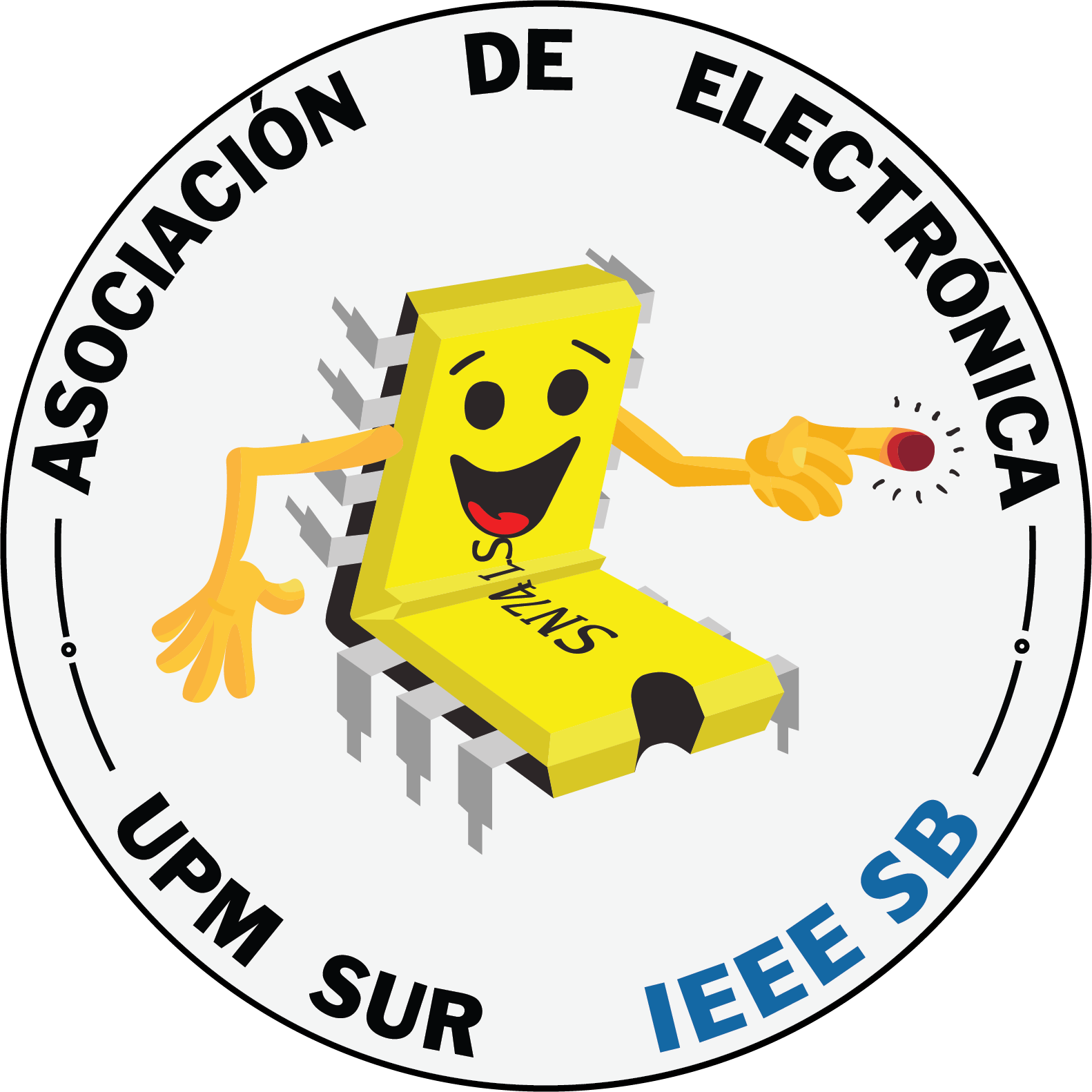The success and impact of Open Source projects has been often exaggerated and overrated. Even do some had been truly successful (Linux, 3D printing, Arduino); others have been long forgotten or remained only used by their own developers, not being able to infiltrate into the main market being concealed to a very reduced technological sector.
However during the last years this tendency has started to change and Open Source projects hold a new popularity that opens its presence into new sectors. Through different internet platforms the developers can share and collaborate in the creation and improvement of new devices and softwares.
In this scenario is where Medialab Prado [1] is framed. Medialab Prado is an Ayuntamiento de Madrid’s space which objective is to endow any person holding an open technological project or idea with a working space, resources and the possibility to build up a team through an open call (The building is quite impressive too)
Figure 1: Medialab Prado Space
During its 16 year lifespan, Medialab Prado has hold a large quantity of projects of diverse disciplines such as 3D printing, electronic development or digital journalism. Nowadays there is a wide variety of working teams such as:
- Interactivos? (Creative programming and electronic development uses)
- Coder Dojo (Programming workshops for kids)
- Livecoding (Life music and light systems programming)
- Danzantes (Sound and music generation through sensors and dancing)
Any individual can join one of this teams and collaborate with its objective as a voluntary, dedicating time and effort according to its own interest and possibilities. The working teams are composed of collaborators from a wide professional and academic background regarding technological and artistic disciplines.
This makes Medialab a place where different groups share a space to develops creative highly valuable creative projects. For the individual, it represents a great opportunity to set in common its knowledge with others with completely different skills.
Exando una Mano: Developping a myoelectric prosthetic hand for kids
My personal experience in Medialab started a few months ago, when I joined the Exando una Mano [2] project, which objective is to develop a myoelectric prosthetic hand for kids with no hand. Myoelectric prosthetics are prosthetics capable of being commanded and controlled through myoelectric sensors (capable of measuring muscular efforts through haptic estres) and motors capable of triggering the mechanisms of the hand, allowing a complex control of the hand.
This project was initially aimed as an alternative to the actual market situation, where this kind of prosthetics are built only by a few companies which charge the families with very high prices (up to 20.000€) many parents can’t afford (Especially considering these prosthetics for kids have a very low lifespan due to the constant growth of the infant).
These prosthetics are good, well-built and certificated products in which customers can rely. On the other hand its functionality is low and its technology seems stuck in the 90’s. Currently more Open Source myoelectric hand prosthetic hand projects for adults are being developed, being two great references Openbionics [3] and Bionicohand [4].

Figure 2: ·3D Modeling Prototype and Non-Myelectric Usage Example
Multidisciplinary Teams
I joined the project once it had already started and i found a large group of collaborators that hold a meeting once a week to outline the first steps of the development. Working groups (or teams) in Medialab are organized through a Mediator, a worker from Medialab that stands for the basic organization of the project and acts as spokesman and deals with Medialab to supply the group with the necessary resources.

Figure 3: Workflow Organization
The group is conformed by members of a wide age spectrum including many students, but also adults and young professionals. The professional or academic background of the members covers almost all the needs of the project:
⦁ Design and 3D printing experts
⦁ Electronic Engineers
⦁ Computer Science Engineers
⦁ Health Sciences professionals
⦁ Lawyers
One of the most important pillars of the project is the active participation of the parents of kids which need these kind of prosthetics. These guide the whole group into the objectives definition and the need verification. Some of the kids have also participated having their arms 3D scanned to fit the dimensions of the prosthetic to a real model.

Figure 4: Development Team and Global Meeting
Current state of the project and next steps
Nowadays the state of the project is a little below the expected timeline. A large amount of different DC motor kinds have been tested, as well as servo motors and sensors (fexlisensors, pressure sensors) and different electronic configurations. Finally it was decided to use MyoWare [5] sensors to measure muscular haptic tension and the Servomotors HS-35HD [6] for the finger movement.
In the 3D design development, a number of materials with different properties like ABS or PLA (very common) have been tested, as well as other rare flexible materials. Finally a flexible material has been chosen as it gives the appropriate texture for the joints without losing hardihood.
With these points set, we are now working on the first prototype, which I hope it will soon released.

Figure 6: Electronic Prototype Block Diagram
The actual project guidelines include developing some kind of training video-game as well as documenting and digitizing all the process. Despite the process is already quite advanced any collaboration or helping hand is still very valuable.
I only hope that in future projects, more ETSIST engineers decide to share their valuable and recognized potential and knowledge to turn this city into a better place.
References:
[1] Qué es, Mediala Prado Webpage (nd), http://medialab-prado.es/article/que_es
[2] Exando una Mano Main Page, Exando una Mano (nd), http://exandounamano.com/
[3] Openbionics Main Page, Openbionics (nd), http://www.openbionics.org/
[4] BionicoHand: a bionic open hardware hand, Wave+ (nd), http://www.wave-innovation.com/en/bionicohand.html
[5] MyoWare Muscle Sensor Product Information, Pololu (nd), https://www.pololu.com/product/2732
[6] Servomotor HC-35HD Product Information, Sparkfun (nd), https://www.sparkfun.com/products/11882


Deja una respuesta